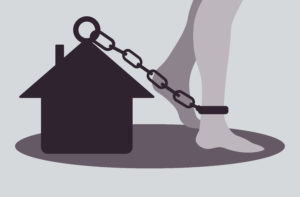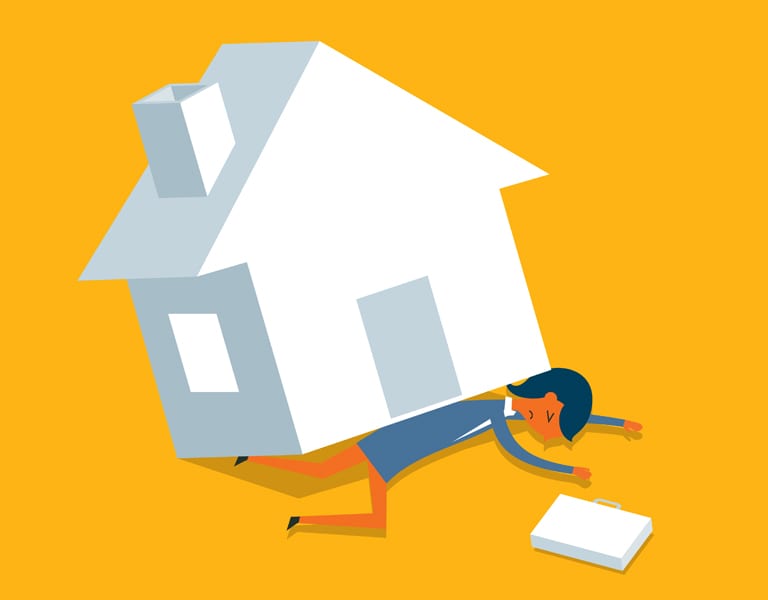
From Prison to House Arrest: The Evolution of Alternative Sentencing-The landscape of criminal justice is constantly evolving, reflecting society’s changing values and priorities. In recent years, house arrest has emerged as a prominent form of alternative sentencing, offering a more flexible and often humane approach to punishment. As we delve into the history and development of this method, it becomes clear that house arrest is not merely a trend but a vital shift in how we perceive justice, rehabilitation, and public safety.
A Brief History of Sentencing Practices
Traditionally, the criminal justice system has relied heavily on incarceration as the primary means of punishment. Prisons were viewed as the ultimate solution for detaining offenders, regardless of the nature of their crimes. However, as concerns about prison overcrowding, recidivism rates, and the overall effectiveness of incarceration grew, alternative sentencing options began to gain traction.
In the late 20th century, the focus shifted towards rehabilitation rather than mere punishment. This change was largely driven by the understanding that many offenders could be rehabilitated and reintegrated into society without enduring the full weight of a prison sentence. Alternatives such as probation, community service, and, eventually, house arrest started to become more common. (Read More: Embrace Elegance: Furniture and Accessories for Pearl Home Decoration and Design 2024)
The Emergence of House Arrest

The introduction of house arrest can be traced back to the 1980s when electronic monitoring technology began to develop. Initially used for parolees and probationers, electronic monitoring allowed authorities to keep track of individuals while permitting them to remain in their homes. This approach aimed to reduce prison populations while still ensuring public safety.
By the 1990s, house arrest gained momentum as a formal alternative sentencing option. Courts began to recognize that for certain non-violent offenders, remaining in the community could facilitate rehabilitation and reduce the likelihood of reoffending. This shift marked a significant departure from the punitive mindset that had dominated earlier practices.
The Legal Framework of House Arrest
Today, house arrest operates within specific legal frameworks designed to ensure accountability while protecting individual rights. In many jurisdictions, a judge must approve house arrest as part of a sentencing agreement or as a condition of bail. These frameworks typically include guidelines about the use of electronic monitoring, restrictions on movement, and conditions for compliance.
This legal oversight helps balance the interests of public safety with the rights of offenders. It allows for a tailored approach, where conditions can be adjusted based on the offender’s circumstances and the nature of their crime. For instance, someone charged with a minor offense may face less stringent conditions than a person involved in a more serious crime. (Read More: 5 Unique Home Decoration Inspirations Using Eco-Friendly Materials)
Benefits of House Arrest

The advantages of house arrest are numerous. First and foremost, it offers a way to reduce prison overcrowding, which has been a significant issue in many countries. By allowing non-violent offenders to serve their sentences at home, resources can be redirected to focus on more serious offenders who require incarceration.
Furthermore, house arrest enables individuals to maintain their family and community ties, which is crucial for successful reintegration into society. Being at home allows offenders to continue working, attending school, or participating in treatment programs, all of which contribute to rehabilitation.
Additionally, the psychological impact of house arrest can be less severe than traditional incarceration. While still restrictive, being at home can provide a sense of normalcy and stability, reducing the negative mental health outcomes often associated with prison life.
Challenges and Criticisms
Despite its many benefits, house arrest is not without its challenges. Critics argue that the conditions can still be punitive and may disproportionately affect marginalized communities. For instance, the financial burden of electronic monitoring can be significant, and not all individuals have access to suitable living conditions that meet legal requirements.
Moreover, the reliance on technology for monitoring raises concerns about privacy and civil liberties. The continuous surveillance of individuals, even in their homes, can lead to feelings of anxiety and mistrust. There is also the risk that electronic monitoring could be used more broadly, leading to a form of “digital incarceration” that undermines the intended rehabilitative purpose of house arrest. (Read More: Houses and Properties: The Best-Selling Market in USA in 2024)
The Future of House Arrest

Looking ahead, the future of house arrest seems promising, particularly as societal attitudes toward criminal justice continue to evolve. As more research highlights the effectiveness of alternative sentencing in reducing recidivism, we may see increased acceptance and implementation of house arrest across various jurisdictions.
Ongoing discussions about criminal justice reform will likely emphasize the importance of rehabilitation over punishment, paving the way for innovative solutions that prioritize public safety while respecting individual rights. Advocates for reform are also calling for clearer guidelines and better resources to support those placed under house arrest, ensuring that the system is fair and equitable.
Conclusion article From Prison to House Arrest: The Evolution of Alternative Sentencing
From its origins as a novel concept to its current role as a significant alternative sentencing option, house arrest represents a meaningful evolution in the criminal justice system. By offering a pathway that balances accountability with rehabilitation, house arrest has the potential to transform the way we approach justice.
As we continue to grapple with the complexities of crime and punishment, it’s essential to advocate for practices that promote healing and reintegration rather than mere confinement. With careful consideration and reform, house arrest can be a powerful tool for fostering a more just and compassionate society.



